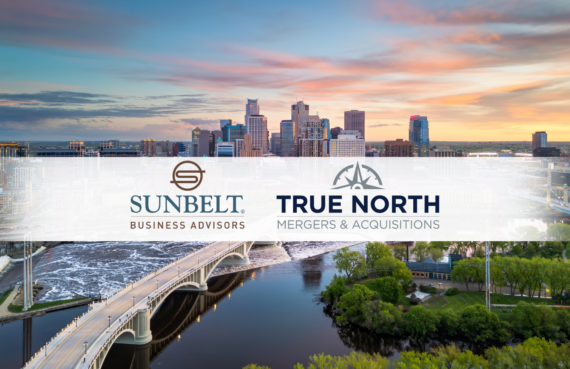Written by Sam Baird, Business Advisor, Broker and Industry Expert
Technology businesses are different than those in any other industry; that’s why aligning intellectual property strategies is critical to business success – and establishing business value.
Patent Pitfalls
A phrase commonly used that makes investors excited is “patent pending.” But what exactly does that mean? Does “patent pending” mean the company filed a provisional patent, or did it file a non-provisional patent? Each has a completely different purpose – and value.
Having the ability to use the term “patent pending” has led many companies, especially startups, to waste critical resources filing patents when it may not be in their best interest. When the average life of a company is twenty years due to constant change in the technology landscape, and 90% of startups fail within the first 5 years, it is vital for startup leadership to understand how to properly leverage intellectual property.
Patents can be incredibly valuable to investors – and acquirers – of a company. However, patents can also damage the company’s ability to maintain an insulated competitive advantage. By filing a patent application, a company puts the world on notice: It has the absolute best way of doing something. Consequentially, the company’s core technology becomes detectable, potentially resulting in the need to enforce against infringers, which can result in tremendous costs.
Patents, like businesses, are valuable only when the business risk and the technology risk are removed. In order words, when the patent aligns not only with the technology the company possesses but also with the business strategy.
A company is valuable when it has a strong, insulated competitive advantage over the market. To do this, the business strategy and intellectual property strategy need to be aligned. Intellectual property needs to fully support the business strategy.
Aligning Intellectual Property and Business Strategies
The end-users or customers of your product and/or service do not care how many patents you have. They care about getting their problems solved – hopefully by your technology. And they don’t care about your logo or trademark. They want to know they can trust your brand and the consistent delivery of your product or service. Finally, the end-users or customers do not care that you have a trade secret. They care about a process you have developed that translates into a preferable experience.
The objective of your business strategy should be to optimize the technology, branding and processes within your business. Your intellectual property strategy should layer important protections on top of the business strategy to protect the customer experience you are creating.
Aligning the Intellectual property strategy with the business strategy will increase the value of the company over time, especially when it comes time to exit. Patent prosecution in the US carries an estimated average cost of nearly $56,000, so it is important to develop an intellectual property strategy early in the life of the company. If you do not believe a strategy is in place, it is important to conduct an audit of intellectual property and make sure those assets are being used in the right way.
Why spend vital resources to have your patent hang in a frame on the wall of an office, when it may not be contributing to driving revenue through alignment with business strategy?
Many companies will turn to lawyers for help with aligning their intellectual property strategy.
This is frequently a less-than-optimum solution. Attorneys do not typically engage with the business strategy due to the nature of the attorney-client relationship. It takes a special firm or person to understand your business strategy, and help you ensure your intellectual property strategy drives your business strategy. If done correctly, it can significantly increase the value of your company.
Intangible Assets Driving Revenue and Business Value
A recent study completed by Ocean Tomo revealed that in the S&P 500, 90% of a company’s value is driven by intangible assets. This is up 6% from 2015. Due to the ongoing Covid-19 pandemic, more and more companies have turned to their intangible assets to drive growth. Whether by setting up a better website to drive traffic and commerce or creating SaaS products to aid with the remote work environment, the value is not being driven by tangible assets; rather, it is being driven by intellectual property strategy.
Here is an example of a great, nearly bullet-proof strategy.
- A company has a new SaaS-based technology that has exploded in revenue.
- The technology has five critical components to it, each protected by a patent.
- The technology also has a brand name that has been trademarked.
- In addition, the company has a process and method of finding customers, retaining customers, and helping them along their journey, leading to a 97% retention rate, which is protected by a trade secret program.
When a potential buyer conducts due diligence on this company, the value has skyrocketed, because not only is the product delivering great retention, but it is covered by layers of insulation and protections.
Developing a strong intellectual property strategy that aligns and maximizes your business strategy is the key to a high valuation and, ultimately, to the successful sale of your company. Understanding both the business and intellectual property strategy, along with engaging with aa M&A advisor who that understands both, will maximize the value of your company when it comes time to sell.
Samuel Baird, Esq., is a Technology & Intellectual Property Expert in Mergers and Acquisitions with Sunbelt Business Advisors. In addition to his J.D. from Case Western Reserve University School of Law, he has a Masters’ Degree in Intellectual Property Management Markets from the Illinois Institute of Technology.




